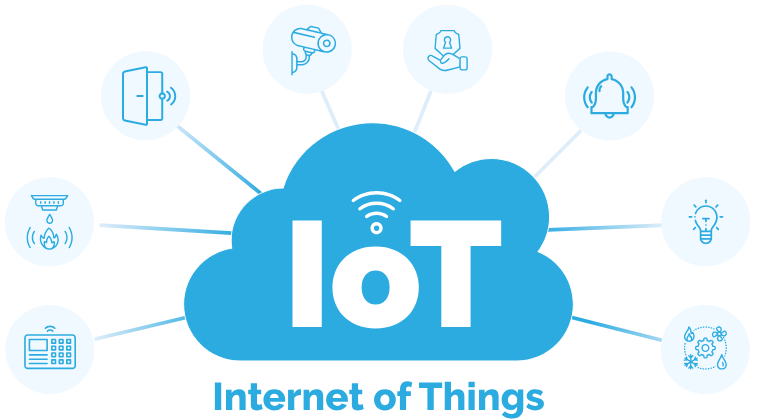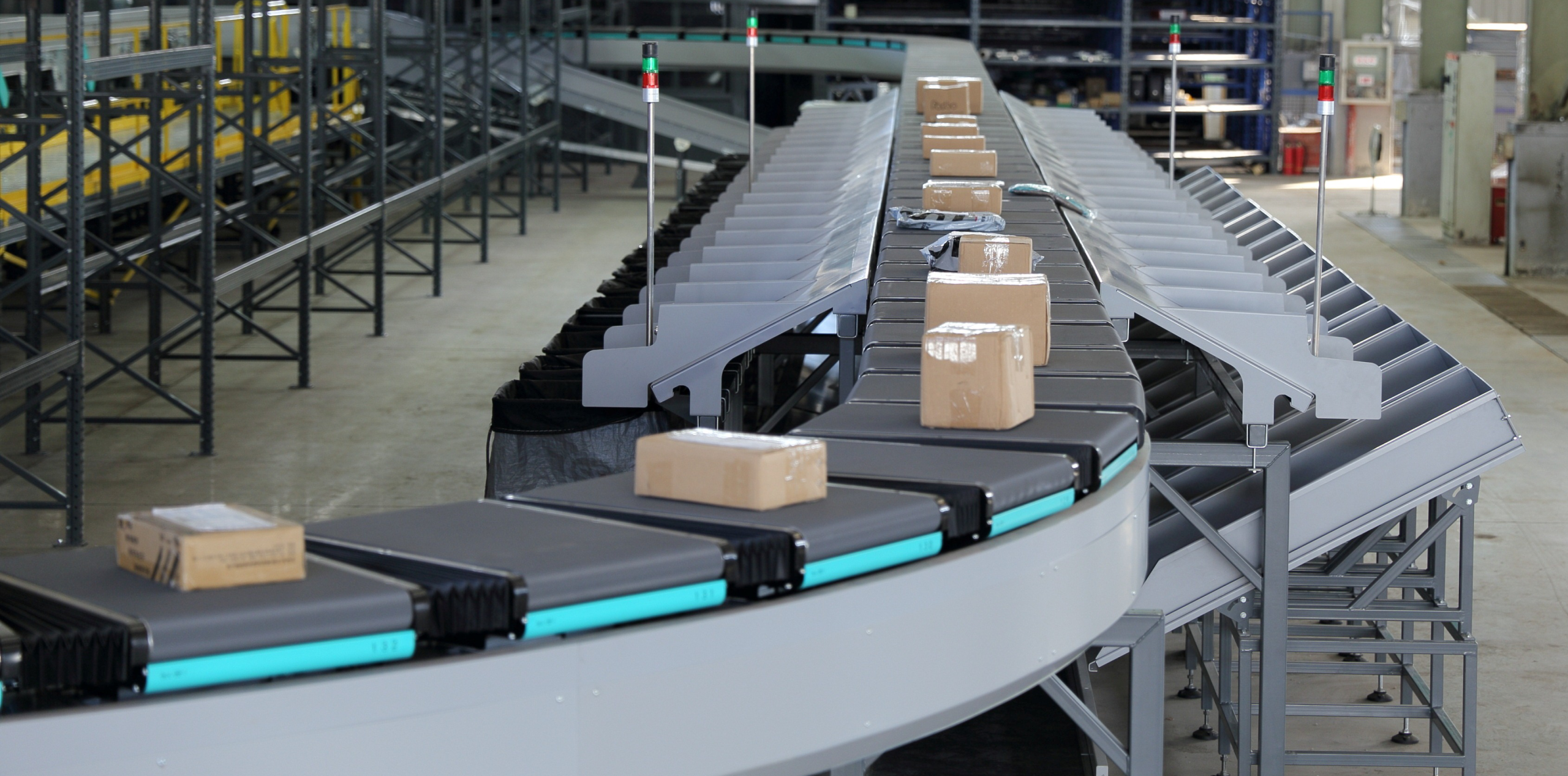5G Technology Revolutionizes Real-Time Logistics Tracking
As global supply chains grow more complex and customer expectations for faster, more accurate deliveries increase, real-time logistics tracking has become a critical component of modern logistics operations. With the rollout of 5G technology, the logistics industry is on the brink of a transformative era. The ultra-low latency, massive connectivity, and high-speed data transmission capabilities of 5G networks promise to revolutionize how goods are monitored, transported, and delivered across the globe.

What is 5G and Why Does It Matter for Logistics?
5G, or the fifth generation of wireless technology, is designed to deliver data speeds up to 100 times faster than 4G, with latency as low as 1 millisecond. Unlike previous generations, 5G can support a massive number of connected devices simultaneously and offers higher reliability and energy efficiency. These features make 5G an ideal backbone for logistics networks that require real-time data transmission, instant response times, and the ability to connect thousands of IoT (Internet of Things) devices.
In the context of logistics, this means seamless communication between vehicles, warehouses, tracking sensors, and logistics management platforms. The result is more precise tracking, predictive analytics, and greater automation throughout the supply chain.
Enhanced Real-Time Visibility and Tracking
One of the most immediate benefits of 5G in logistics is enhanced real-time tracking of goods in transit. Traditionally, GPS tracking updates have been limited by network latency and bandwidth constraints, resulting in delayed or incomplete location data. With 5G, tracking sensors can transmit more data at higher frequencies and with minimal delay.
This improved visibility enables logistics providers to:
- Monitor the precise location of shipments at all times.
- Detect and respond to delays or route deviations instantly.
- Provide accurate ETAs (Estimated Time of Arrival) to customers and stakeholders.
- Integrate environmental sensors (temperature, humidity, shock) for condition-sensitive goods like pharmaceuticals or perishable foods.
For example, in cold chain logistics, 5G allows sensors to send continuous, high-frequency updates on container temperatures. Any deviation from the optimal range can trigger automated responses, such as alerts to the control center or activation of backup refrigeration systems.
Empowering IoT and Smart Logistics Infrastructure

5G serves as the enabling technology for large-scale IoT deployment. In a logistics hub or port, thousands of connected sensors, autonomous vehicles, drones, and robotic systems operate simultaneously. 5G’s ability to handle dense device networks without sacrificing speed or reliability is crucial for these environments.
With 5G, logistics companies can implement smart infrastructure, such as:
- Automated guided vehicles (AGVs) in warehouses.
- Drone fleets for last-mile delivery.
- Real-time inventory tracking via RFID and smart shelves.
- Predictive maintenance systems on trucks and machinery.
By reducing downtime, improving safety, and increasing efficiency, these smart systems directly contribute to cost savings and service improvement.
Reducing Latency for Time-Critical Operations
Latency—the time it takes for data to travel between sender and receiver—is a major factor in logistics decision-making. With 4G networks, latency can be 50 milliseconds or more. With 5G, it can be as low as 1 millisecond.
This ultra-low latency is essential for time-critical applications such as:
- Coordinated vehicle platooning, where trucks travel closely together to reduce fuel use.
- Remote operation of warehouse equipment and forklifts.
- Real-time dynamic route optimization based on live traffic and weather data.
The result is a logistics network that can respond almost instantaneously to changes, improving reliability and speed across the entire supply chain.
Challenges and Considerations

While the potential of 5G in logistics is immense, several challenges remain:
- Infrastructure Investment: Deploying 5G infrastructure, especially in rural or underdeveloped regions, requires significant capital investment. Logistics companies may need to wait for broader network coverage.
- Device Compatibility: Existing tracking and communication devices may need upgrades or replacements to support 5G, adding to the implementation costs.
- Data Security: With more connected devices and data being transmitted, cybersecurity becomes even more critical. Ensuring secure data communication and storage is paramount.
- Standardization and Integration: As logistics operations involve multiple partners and platforms, standardizing 5G applications across the ecosystem is essential for interoperability.
Conclusion: A New Era for Logistics
5G technology has the potential to significantly reshape the logistics landscape. From real-time, granular tracking to large-scale automation and predictive analytics, its benefits extend across the entire supply chain. As the technology matures and coverage expands, early adopters in the logistics sector will gain a competitive edge by delivering faster, safer, and more transparent services.
By embracing 5G, it providers are not just upgrading their networks—they’re laying the foundation for a smarter, more connected, and more responsive global supply chain.
Industry Insights
news via inbox
Nulla turp dis cursus. Integer liberos euismod pretium faucibua








